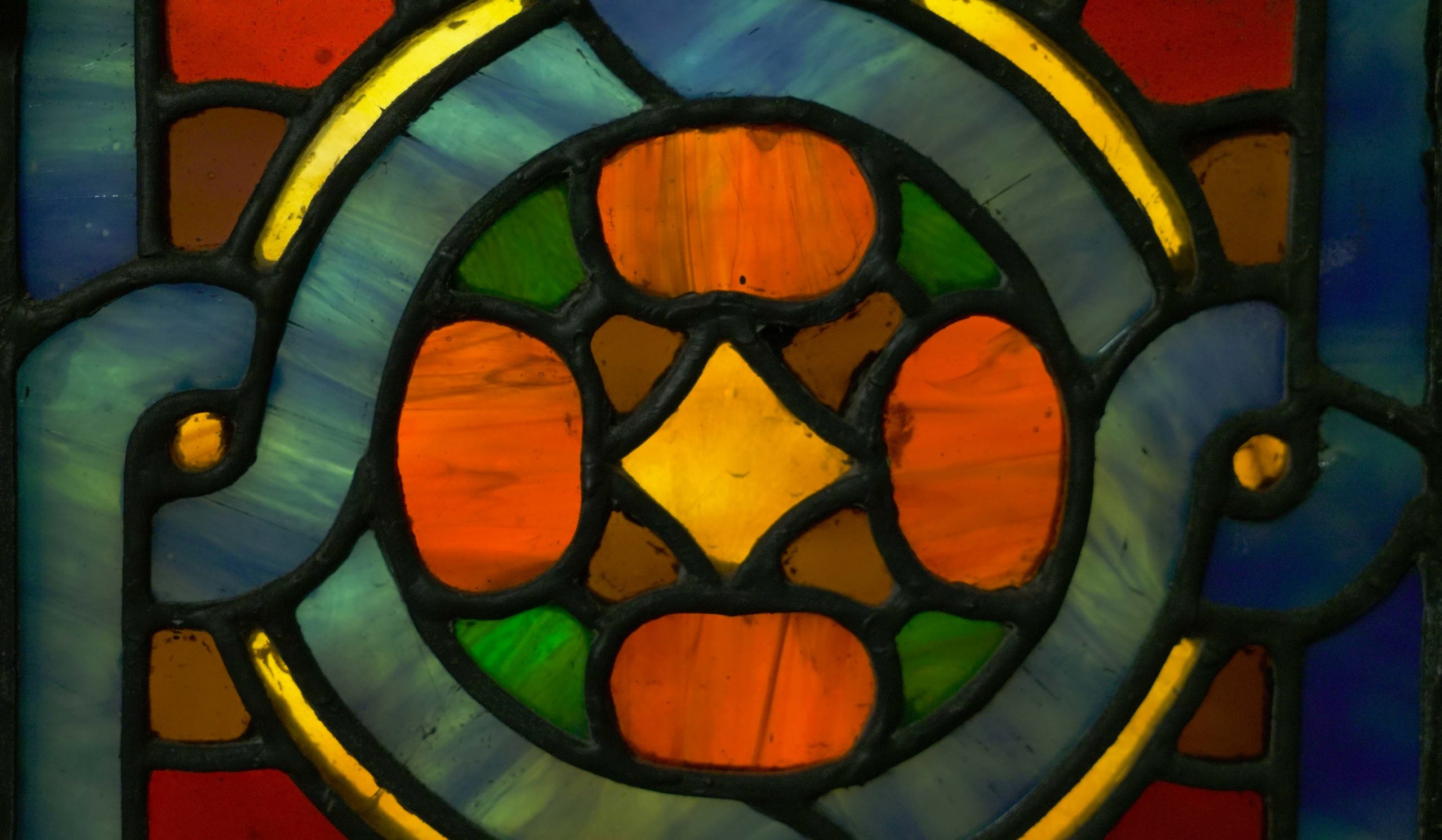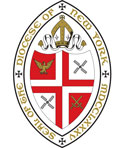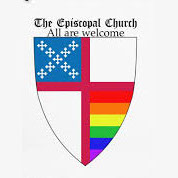Podcast: Play in new window | Download (Duration: 11:09 — 7.4MB)
Subscribe: Apple Podcasts | RSS
All Saints’ Day
Job 19:23-27a
Psalm 17:1-9
2 Thessalonians 2:1-5, 13-17
Luke 20:27-38
Earlier this week, I came across the following tweet by organizational psychologist Adam Grant:
“Too many people spend their lives being dutiful descendants instead of good ancestors.
The responsibility of each generation is not to please their predecessors. It’s to improve things for their offspring.”
Now I know what he’s trying to say here, and I don’t disagree. On an individual level, many people struggle to shed their parents’ influence from their career choices, their self-worth, their homes and hometown, even if it is to their detriment. And on a communal level, our apathy for the world our children and grandchildren will inhabit is leading to catastrophic environmental and economic decline.
It is certainly important to be a good ancestor.
But it took me a minute for my Armenian temper to simmer down after reading this, and I realized that what really rubbed me the wrong way was that he set up a false choice between your descendants and your ancestors. I do not believe you can be a good ancestor without also being a good descendant.
I come from a culture where it is imperative to be a good descendant – to remember and honor your ancestors – to know what they lived through, recognize where it has brought you, to live in such a way that their suffering was not in vain. To remember what they lived for, what they fought for, and what they died for, and to honor that with your own life. To be a good descendant, not because you’re stuck in the past, but because the past has shaped who you are, your ancestors are a compass to walking in a way that honors their legacy.
This is a time of year for us to be keenly aware of our ancestors – not only familial ancestors, but spiritual ancestors as well. Today we commemorate All Saints’ Day, a major feast in the church calendar remembering our spiritual ancestors. All Saints’ Day might not seem like a major feast, at least compared to Christmas an Easter, but I think it is. At Christmas, we remember that Jesus came to share our human life; at Easter, we rejoice that because he did so, our human life is taken up into God’s resurrection life. But All Saints’ takes it one crucial step further: it is resurrection life carried forward into human history, and it extends the promise forward into eternity, for each and every one of us.
This time of year is what the Celts, in their ancient spiritual wisdom, called a “thin place” – where the veil between the present and the eternal becomes almost translucent, and we feel that we can get a glimpse beyond. As the days darken and grow colder, as the trees become bare and the autumn winds blow, our faith presents us with images of faithful endurance unto and beyond death, of winged angels and crowned saints, of the faithful shining forth, and of death being conquered by God’s resurrection power.
It begins with a brush of angels’ wings on September 29, the Feast of St. Michael and All Angels. St. Francis’ Day, a week later, reminds us that heavenly things are eternally bound up with the earthly things; that we await a new creation, not the annihilation of creation; that the humble things of earth, animals and plants, pets and harvests, the reaped earth and the turning leaves, are infinitely loved by God.
At the hinge of the year, Halloween revels in death and fear and madness precisely as a way of showing these powers of darkness that they have no final hold over us; and then All Saints’ and All Souls’ Days, November 1 and 2, bring us up out of the pit where the zombies and werewolves dwell, clothe us in white robes, crown us with gold crowns, and remind us that Christ has conquered death in each and every one of us.
This time is a reminder that however much we may love this mortal life, and however hard and well we may work to make the world a better place for those who are now in it – ultimately, we are all made and meant to long for something we can’t see, to peer beyond the door of death and decay and glimpse a promise of glorious immortality.
Angels and animals, spooks and leaves, life and death, creation and resurrection, decay and glory – at this time of year they collide, and give each other new meaning, and teach us about the paradox and the anguish and the hope of being human, of being mortal, and of hoping for something more.*
Hope like that of Job, when he proclaimed, “I know that my Redeemer lives, and that at the last he will stand upon the earth. After my awaking, he will raise me up; and in my body I shall see God. I myself shall see, and my eyes behold him who is my friend and not a stranger.” Now that wording is slightly different from the scripture we read a few minutes ago; I took that wording from our prayer book, because we say these words at the beginning of every funeral, hope in the midst of unspeakable anguish, faith that death is not the end of the story.
This is a time when many of our spiritual ancestors can give us hope, and guidance, and assurance of God’s promises not yet seen. They, too, lived through trials and tribulations, political unrest, fraying of social fabrics, and violent disagreement among people of faith. From martyrs in the 2nd century to civil rights leaders in the 20th century, we glimpse through the veil to see them in their glory, showing us the way. You might call that looking back, or being stuck in the past, but I call it pulling out a compass to find true north. Our ancestors can point us in the right direction when the storms are raging around us and we can’t find the sky. They echo Paul’s words from the 2nd letter to the Thessalonians: “stand firm and hold fast to the traditions that you were taught by us.”
And perhaps that is the key to being both a good ancestor and good descendant: holding onto the right traditions. Too often, we think traditions – with a lower case t – those things we repeat because they’ve been done before – are what we must keep firmly in our grasp. When the Sadducees came to Jesus with questions about traditions, they were asking a question about lower-case-t traditions. Biblical scholar AJ Levine reminds us that “Debating torah is a form of worship and an investment in scripture rather than a rejection of it. These debates over practice are debates that communities must have.” So this is not a group of thick-headed religious leaders trying to trick Jesus; they address him as Teacher and engage in normal debate. Jesus responds, though, as all great spiritual ancestors do: by pointing them in the right direction. “He is God not of the dead but of the living, for to him all of them are alive.”
It’s not about traditions, not about death at all, but about life in God. He gives them a glimpse through the veil.
In our staff meeting this week, we were talking about Halloween, All Saints, All Souls and our ancestors during our meditation time, and Fr. Frank mentioned that in Africa, the spirit world is still very alive; the presence of the ancestors is assumed. But here, he said, you have to conjure it once a year. I don’t know why it is that we only think to remember our ancestors as shadows lengthen and daylight fades; I wonder what would be different if we let them be our compass more than just once a year.
Our familial and our spiritual ancestors are not perfect. For every saint in stained glass around you, there are stories of dishonesty, infidelity, violence, and a couple of good old temper tantrums. They are our compass not because they were perfect, but because they kept course heading true north – toward God and God’s glory, toward a world ruled by God’s justice and mercy and loving-kindness. We owe it to them to be good descendants, so that when we join them in the throngs of ancestors, our arms will also point in the right direction for those who glimpse us through the veil. Your kingdom come, O Lord. Amen.
*a portion of this sermon is adapted from a sermon by The Rev. Grace Pritchard Burson





